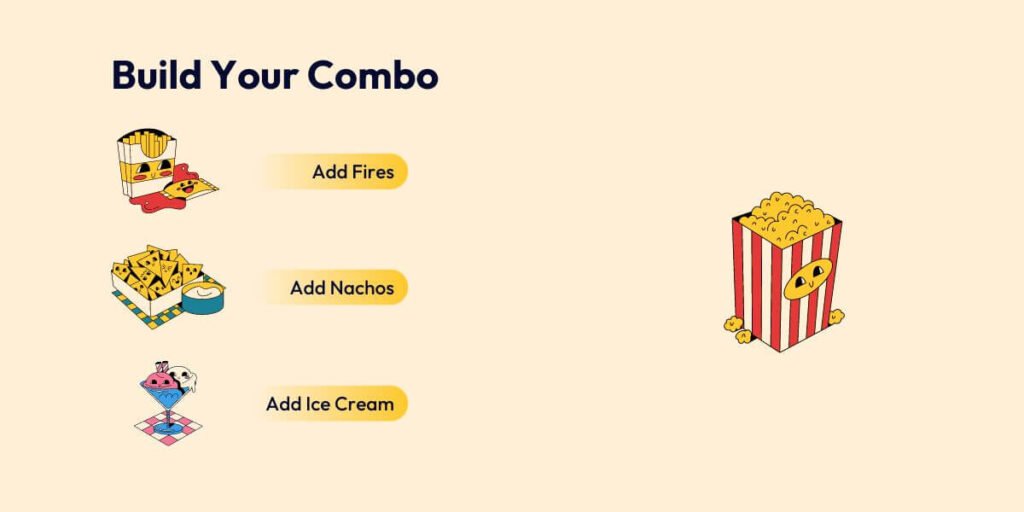How To Sell More Using Pricing Psychology?

Pricing isn't just about crunching numbers; it's an art rooted in the depths of human psychology.
Unlock the top 8 tried-and-true tactics that are guaranteed to bring you unprecedented success in the selling game.
1. Set the Bar. Then Surprise.
Price anchoring is a smart pricing tactic that involves presenting customers with a higher-priced option first, making subsequent options seem more reasonably priced.
An excellent example of this strategy can be found at Starbucks, where they offer a range of drink sizes with the highest-priced option serving as an anchor. Customers are more likely to choose a relatively cheaper option, resulting in increased sales and higher average transaction values.

2. Charm Pricing
The theory behind this strategy is that consumers are more likely to make impulsive purchases when they perceive a product to be priced lower, even if the actual difference is minimal.
Research has shown that when two comparable products are priced at $49.99 and $50, consumers are more likely to purchase the product priced at $49.99, even though the price difference is only one cent.

3. Decoy Effect
Introducing a decoy product or pricing option that is strategically designed to make another option more appealing can boost sales. By creating a less attractive alternative, customers are more likely to choose the option that you want to sell the most.

4. Bundle It
Bundling is a smart pricing technique that combines multiple products or services into a single package, offering customers greater value for their money.

5. Framing It
Presenting the same price or offer in different ways can influence customer perception. For example, highlighting the daily cost instead of the monthly price can make a purchase seem more affordable. Framing pricing in a positive light can lead to higher sales.

6. Personalize It
Tailoring your pricing or product options to individual customer preferences can create a sense of exclusivity and make customers feel valued. Offering personalized recommendations or customization options can enhance the perceived value of your product or service.

7. Free Free Free
Offering something for free, even if it's a small add-on or sample, can be a powerful motivator for customers to make a purchase. The perception of receiving something extra without additional cost triggers a sense of value and can influence buying decisions.
Customers love BOGOs. Yet, it wouldn’t be as well received if you were to offer a “buy two at half off” deal, which is essentially the same discount.

8. Add Constraints
One day only! Only a few hours left! Early bird sale! Businesses use artificial time constraints to create a sense of urgency. Single day events or sales that end within a few hours encourage customers to make purchases quickly—before the sale ends or before their favorites sell out.

Remember, these psychological triggers should be used ethically and aligned with your brand values. Understanding your target audience and their motivations is key to effectively implementing these triggers and driving sales. Experimentation, testing, and analyzing the results are essential to fine-tune your pricing strategies for optimal success.
Join my mailing list
P.S I promise not to be a human spam.